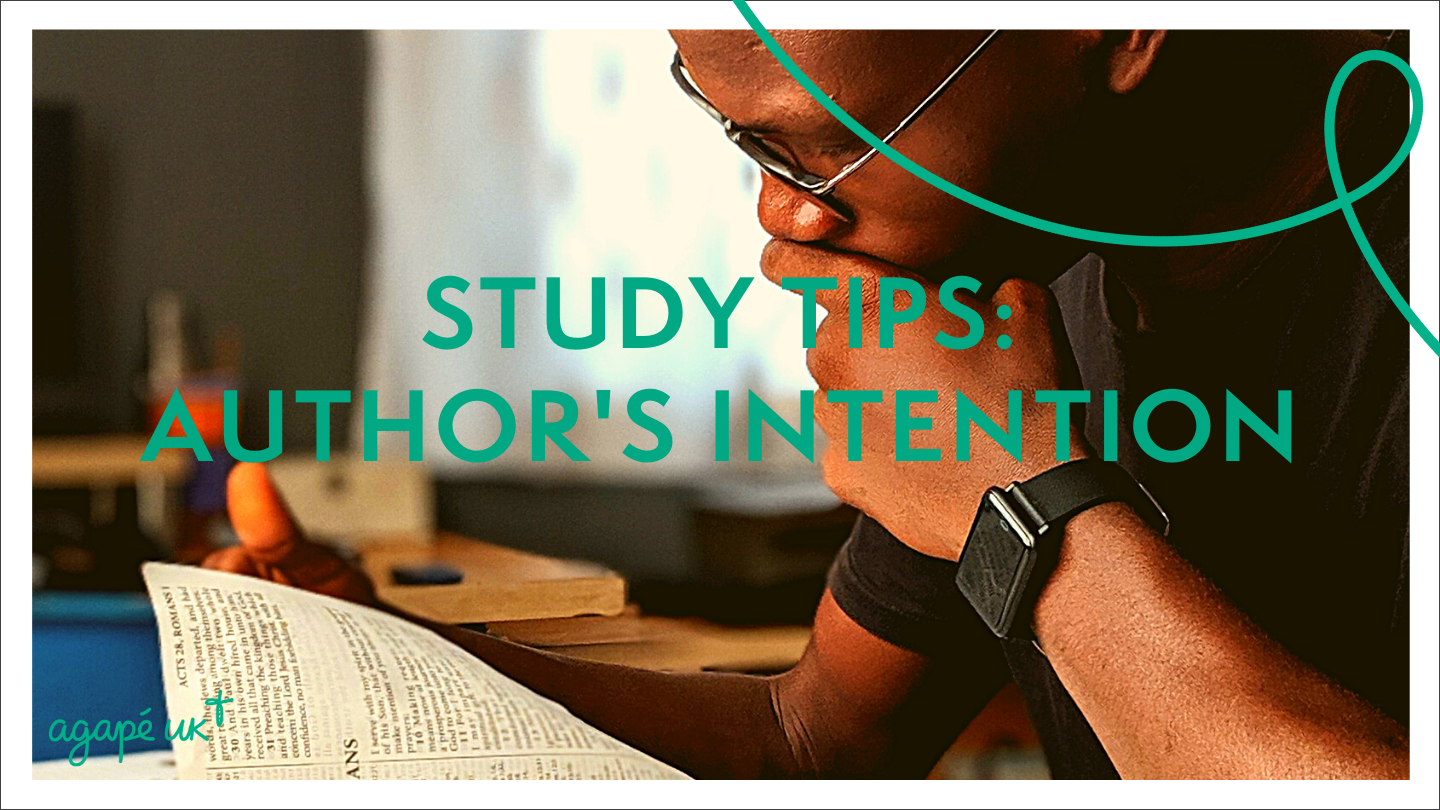Study Tips: Author's Intentionनमूना


Have you ever told a story and been interrupted with ‘That’s not what I said’? We care a lot about being understood properly. If we don’t recognise the heart of our message when someone repeats it, we jump in to clarify what we intended to communicate. When there is a gap between what we intend to communicate and what someone else hears, we must correct it.
Sometimes there is a gap between what a biblical author intended to communicate and what we hear when we read a Bible verse on its own outside of any context or when we read a familiar story we’ve heard many times before.
For the past few days, we have been practising some skills that help us to pay attention to the biblical authors' intentions and hear God’s voice more clearly with fewer misunderstandings, confusions, and assumptions. We’ve slowed down, rereading carefully and curiously. We’ve looked for patterns of repetition and logical structure so that we can notice key themes and arguments. We’ve put the scripture in its historical, literary, and redemptive context to see how this influences our understanding. Today we are going to put these skills together.
As you reread Philemon, use these skills to figure out the author’s intention: What is Paul’s big idea? What is he trying to tell Philemon? What does he want Philemon to understand and do?
After reading Philemon today, try writing one or two sentences that summarise what Paul intends to tell his friend Philemon. In the next two days, we can use our summaries to think about what we can learn about God from this letter, how we can respond to Him, and how we can communicate what we have learned to others and invite them to participate in what God is doing in our lives and our world.
Read Philemon.
धर्मशास्त्र
यस योजनाको बारेमा

In Psalm 16, David speaks of the joy to be found in God’s presence. Do you ever feel like you are lacking joy as you spend time in the Bible? During the next 6 days, we want to take you on a journey in Bible study through Philemon that we think you will find enjoyable, engaging, and transformative.
More
सम्बन्धित योजनाहरू

पुनस्थापनालाई रोज्नु

क्रिसमस तपाईंको हृदयमा छ - 14 दिने भिडियो योजना

प्रज्वलितः साहसिक प्रार्थनाको लागि एउटा सरल निर्देशिका

क्रिसमस तपाईंको हृदयमा छ - 7 दिने भिडियो योजना

तपाईँको जीवनको सबैभन्दा ठूलो निर्णय!

परमेश्वरलाई पहिलो स्थान दिनुहोस्

बोलावट

परमेश्वरको आर्मर - प्रेरितहरूको कार्य

उद्धार
